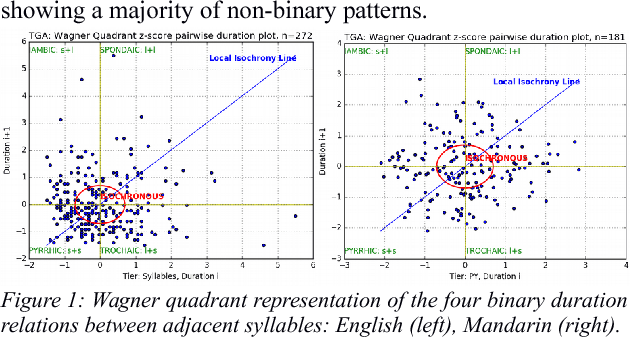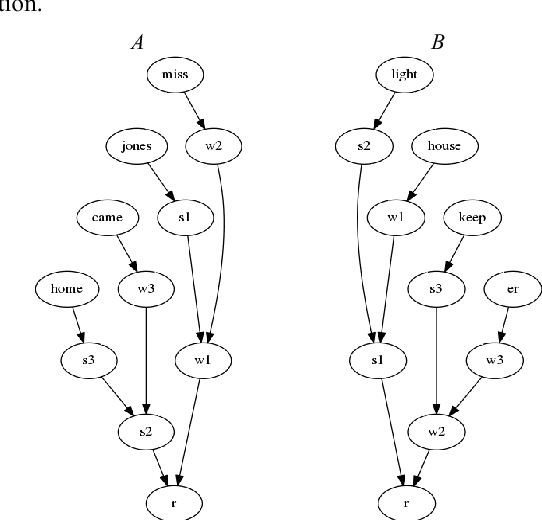The Future of Prosody: It's about Time
Paper and Code
May 15, 2018



Prosody is usually defined in terms of the three distinct but interacting domains of pitch, intensity and duration patterning, or, more generally, as phonological and phonetic properties of 'suprasegmentals', speech segments which are larger than consonants and vowels. Rather than taking this approach, the concept of multiple time domains for prosody processing is taken up, and methods of time domain analysis are discussed: annotation mining with timing dispersion measures, time tree induction, oscillator models in phonology and phonetics, and finally the use of the Amplitude Envelope Modulation Spectrum (AEMS). While frequency demodulation (in the form of pitch tracking) is a central issue in prosodic analysis, in the present context it is amplitude envelope demodulation and frequency zones in the long time-domain spectra of the demodulated envelope which are focused. A generalised view is taken of oscillation as iteration in abstract prosodic models and as modulation and demodulation of a variety of rhythms in the speech signal.
 Add to Chrome
Add to Chrome Add to Firefox
Add to Firefox Add to Edge
Add to Edge